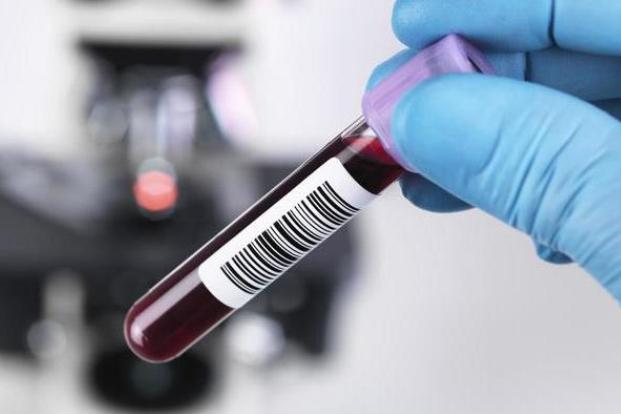Categories
- Bariatric Surgery (11)
- Black Fungus (5)
- Bone Marrow transplant (3)
- Brain Tumor Surgery Navigation Technology (20)
- Cardiac Surgery (66)
- Cardiology (97)
- Computer navigation technology for joint replacements (20)
- Covid Vaccination (17)
- Critical Care (2)
- Dental (19)
- Dermatology (31)
- Dialysis Support Group - “UTSAAH” (11)
- Dietitian (33)
- Emergency Medicine (4)
- Emotional Health (11)
- Endocrinology (33)
- ENT (20)
- Gastroenterology and GI Surgery (53)
- General and Laparoscopic Surgery (21)
- General Surgery (4)
- Gynecology & Obstetrics (183)
- Hematology (20)
- Internal Medicine (294)
- Kidney Transplant (50)
- Kidney Transplantation (20)
- Lung Cancer (8)
- Minimal Invasive Surgery (1)
- Mother & Child (20)
- mucormycosis (5)
- Nephrology (61)
- Neurology (147)
- Neurosurgery (68)
- Nutrition and Dietetics (107)
- Omicron Variant (1)
- Oncology (288)
- Ophthalmology (10)
- Orthopaedics & Joint Replacement (86)
- Paediatrics (59)
- Pediatric Nephrology (3)
- Physiotherapy (5)
- Plastic & Reconstructive Surgery (6)
- Psychiatry and Psychology (90)
- Psychologist (28)
- Pulmonology (72)
- Rheumatology (13)
- Spine Services (21)
- Transradial Angioplasty (16)
- Urology (84)
Query Form
Posted on Apr 19, 2022
What are the symptoms of thalassemia major?
Thalassemia can be defined as a blood disorder that is caused due to a defect in the oxygen-carrying protein. This disorder is characteristic of less oxygen-carrying protein – hemoglobin and hence there are fewer red blood cells in the body of a thalassemia patient. The common signs and symptoms associated with the same include – fatigue, weakness, paleness and slow growth.Mild forms may not need treatment. Severe forms may require blood transfusions or a donor stem-cell transplant.

If anyone of your parents is a carrier for thalassemia, then the same can develop a form of the disease and the patient can be known as Thalassemia Minor.
If both of your parents are carriers of thalassemia, you have a greater chance of inheriting a more serious form of the disease.
There are two main forms of thalassemia that are more serious:-
1). Alpha thalassemia and
2). Beta thalassemia.
Thalassemia Major:-
It is the most severe forms of beta-thalassemia. It develops when beta globin genes are missing. The severe anemia related to this condition can be life-threatening. Other signs and symptoms include :
- Fatigue
- Weakness
- Jaundice
- Facial bone deformities
- Slow growth
- Abdominal swelling
- Dark urine
Hemoglobin Is The Substance In Your Red Blood Cells That Allows Them To Carry Oxygen.
Other Types of Thalassemia:
There are three major types of thalassemia and four subtypes.
- Beta thalassemia:- Beta thalassemia occurs when your body can’t produce beta globin
- Alpha thalassemia:- Alpha thalassemia occurs when the body cannot make alpha globin.
- Thalassemia minor:-The symptoms of thalassemia major generally appear before a child’s 2nd birth.
Treatment for Thalassemia:-
- Blood transfusions
- Bone marrow transplant
- Medications and supplements and
- Possible surgery to remove the spleen or gallbladder



